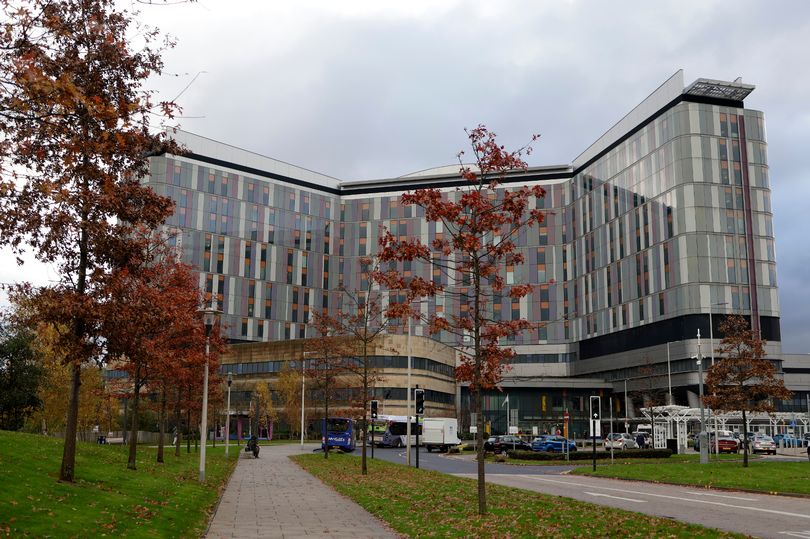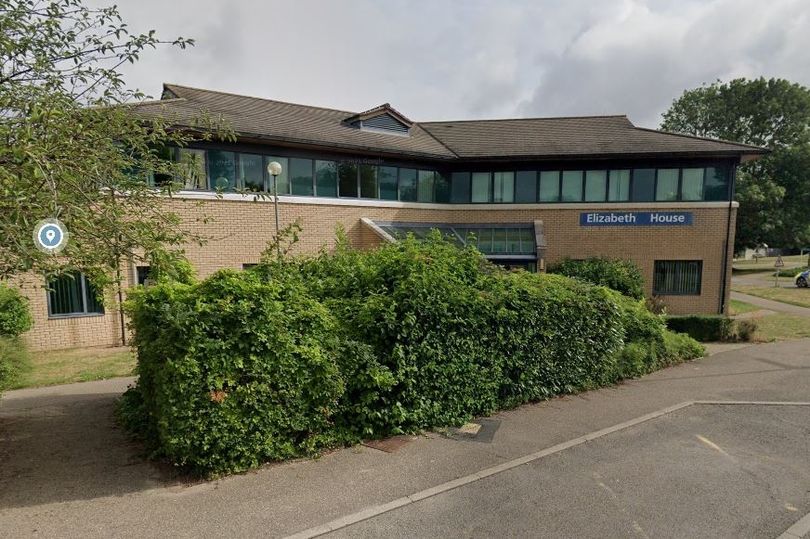
ADHD Diagnosis: Your UK Guide to Thriving

Navigating Life After a Late ADHD Diagnosis: Understanding and Empowerment
Learn more: Subtle Distinction NYT Crossword Clue: Cracking the Code of Cryptic Clues
Receiving an Attention Deficit Hyperactivity Disorder (ADHD) diagnosis as an adult can be a pivotal moment. Perhaps it followed a lengthy wait for a specialist appointment, advice from your local doctor, or a self-assessment that shed new light on your experiences. Suddenly, you find yourself confronting a diagnosis that may not align with preconceived notions of what ADHD looks like. You might not be a child, or outwardly hyperactive, yet the data reveals a significant trend: a substantial proportion of adults with ADHD receive their diagnosis after the age of 18.
The weight of a late diagnosis often brings a complex mix of emotions. While relief at finally understanding lifelong challenges is common, it’s frequently accompanied by a sense of grief. This grief stems from reflecting on years spent navigating life without the proper understanding or support. It’s a mourning for the missed opportunities, the misunderstood behaviours, and the pervasive feeling of being different.
The Masking Effect and the Exhaustion Beneath
One of the reasons ADHD can be challenging to identify, particularly in adults, is the development of coping mechanisms. Many individuals unknowingly build their lives around their undiagnosed condition, leading to years of overcompensation, masking their struggles, or oscillating between periods of high achievement and debilitating burnout. Many high-achieving adults have unknowingly navigated life with ADHD, building successful careers, raising families, and leading teams, all while battling a hidden undercurrent of exhaustion. The diagnosis provides a crucial explanation for these struggles.
A New Lens on Life
A late ADHD diagnosis isn’t about seeking excuses. Instead, it provides an honest and clarifying lens through which to understand one’s life experiences. Suddenly, seemingly disparate aspects of your past – a scattered academic record, fluctuating energy levels, intense emotions, difficulty prioritising tasks, and bursts of creativity followed by periods of inactivity – begin to make sense. For many, it’s the first time they truly feel seen and understood.
Unmasking the Misconceptions
Many people experience what can be described as “Wait… that was ADHD?” moments. This could be a client who attributes their inability to maintain a tidy home to a personal failing, a parent who views their emotional intensity as a character flaw, or an entrepreneur who can manage a multi-million-pound business but struggles with basic administrative tasks. ADHD often manifests in unexpected ways, hiding in the everyday friction of life, which contributes to its widespread misunderstanding.
Outdated and narrow portrayals of ADHD in the media often focus on hyperactivity and inattention in children, primarily boys. This limited view overlooks the broader spectrum of ADHD symptoms, including internal restlessness, difficulties with time management, heightened emotional sensitivity, sensory overload, and a cluttered mind. Furthermore, it fails to acknowledge the diverse ways ADHD presents itself based on factors such as race, gender, culture, and upbringing.
The Gendered Experience of Late Diagnosis
Many women receive their diagnosis later in life due to societal expectations that encourage them to conceal their difficulties. Research supports this observation, indicating that women who are not diagnosed in childhood typically receive their ADHD diagnosis between the ages of 36 and 38, highlighting a significant gender-based delay in diagnosis. These women often become people-pleasers, overachievers, and individuals who strive to hold everything together, until they reach a point where they can no longer cope. Diagnosis often follows a period of burnout, where the body and brain are essentially signalling an inability to continue pretending that everything is fine.
Embracing the Diagnosis: What Happens Next?
The first step is to recognise that the diagnosis does not fundamentally change who you are. Instead, it provides an explanation for your lifelong experiences. It doesn’t erase the past, but it offers the opportunity to rewrite the narrative with newfound understanding. This isn’t about attributing everything to ADHD, but rather about gaining insight into the underlying reasons for recurring patterns and behaviours, paving the way for sustainable changes.
You may become aware of the invisible labour you’ve been carrying, the constant mental juggling, the perpetual self-monitoring, and the subtle systems and rituals you’ve developed to cope without fully understanding why. You might experience a range of emotions, from sadness and anger at the delayed recognition to relief and even amusement as you realise that your unique traits, such as a love of novelty, an ability to anticipate future needs, and a strong intuition, are not simply quirks but integral aspects of your neurodiversity.
Seeking the Right Support
Many individuals seek practical assistance, such as organisational tools and productivity tips. While these are valuable, they often stem from a deeper desire: to feel more “normal” and function like others. After years of internalising the message that they simply need to try harder, coaching can offer a different approach. It helps to shift the focus away from perceived deficits and towards understanding one’s own brain, recognising strengths, building self-trust, and creating personalised systems that work effectively. Strategies are developed from a place of clarity and self-acceptance, rather than shame or self-criticism.
Taking it Slowly
Avoid the urge to immediately try to fix everything. You’ve likely been in survival mode for years, and now is the time to cultivate curiosity. Pay attention to what energises you, identify the strengths you’ve relied on to overcome challenges, and distinguish between tasks that are difficult due to unfamiliarity and those that are inherently challenging because they were not designed with your brain in mind.
Remember, you are not behind, nor are you lazy. You’ve been working considerably harder than most, often with limited understanding. Now, armed with this new insight, you possess a powerful foundation for growth and self-discovery.
A diagnosis is not an ending but a beginning – the start of a new chapter where you can embrace yourself without shame, stop questioning “What’s wrong with me?” and start asking “What do I need?”. This simple shift in perspective can be transformative.






